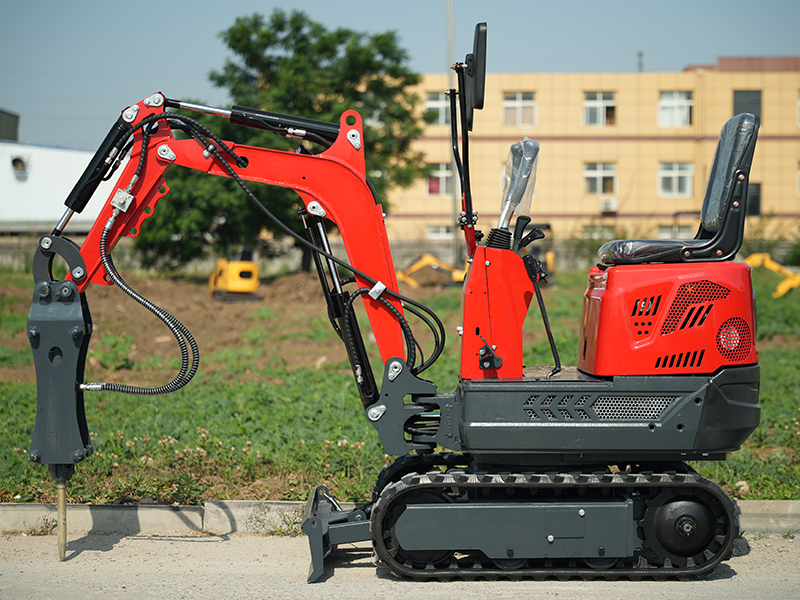Small excavators usually refer to excavators with smaller tonnage. The definition varies from country to country, but generally refers to models within the range of 1-6 tons, especially those around 3 tons. This type of excavator is lightweight and can be easily transferred to other sites by general transport vehicles, so it has been widely used in agricultural orchards and urban engineering construction.
The working methods of small excavators can be divided into four categories: front shovel excavator, backhoe excavator, dragline excavator and grab bucket excavator. The bucket design of the front shovel excavator enables it to move forward and forcibly cut the soil, while the backhoe excavator is known for its backward and downward excavation method, which is often used for excavation below the stop working surface. In addition, there are many basic working methods such as straight line excavation, curved excavation, and excavation at a certain angle.
Grab excavators are favored for their straight-up and straight-down digging method and their self-weight digging characteristics. Dragline excavators, also known as rope excavators, are characterized by their backward and downward digging method and the use of their own weight to dig the soil. This type of excavator is suitable for digging Class I and II soils below the retaining surface. It has a large digging radius and depth, and is particularly suitable for digging large and deep foundation pits or underwater environments. Although its flexibility is not as good as that of a backhoe excavator, its unique digging method gives it significant advantages in certain situations.
Small excavators have shown significant advantages in many fields. First of all, their affordable price, light weight and easy maintenance and repair make them unique in the market. Secondly, small excavators have won the favor of the majority of users with their compactness, flexibility, versatility and high efficiency. Whether it is pipeline excavation, foundation construction in towns, or public utilities and house repairs, it can handle it with ease. In addition, its unique hydraulic power system also allows users to install a variety of auxiliary work tools, such as rollers and flat tampers for trench landfill compaction, breaker hammers and hydraulic pliers for lightweight demolition, and rotary drilling tools for drilling, which greatly broadens its application range.
However, the price of a small excavator is not fixed. It is affected by many factors. The first is the model and performance parameters of the excavator. The prices of machines with different models and configurations will vary. The second is the manufacturer. Machines produced by different manufacturers may have differences in configuration and performance, which in turn affects the price. Finally, the manufacturer's warranty and after-sales service policy as well as the convenience of maintenance are also important factors in price considerations. Therefore, when purchasing a small excavator, users need to consider these factors comprehensively to make a wise decision.
